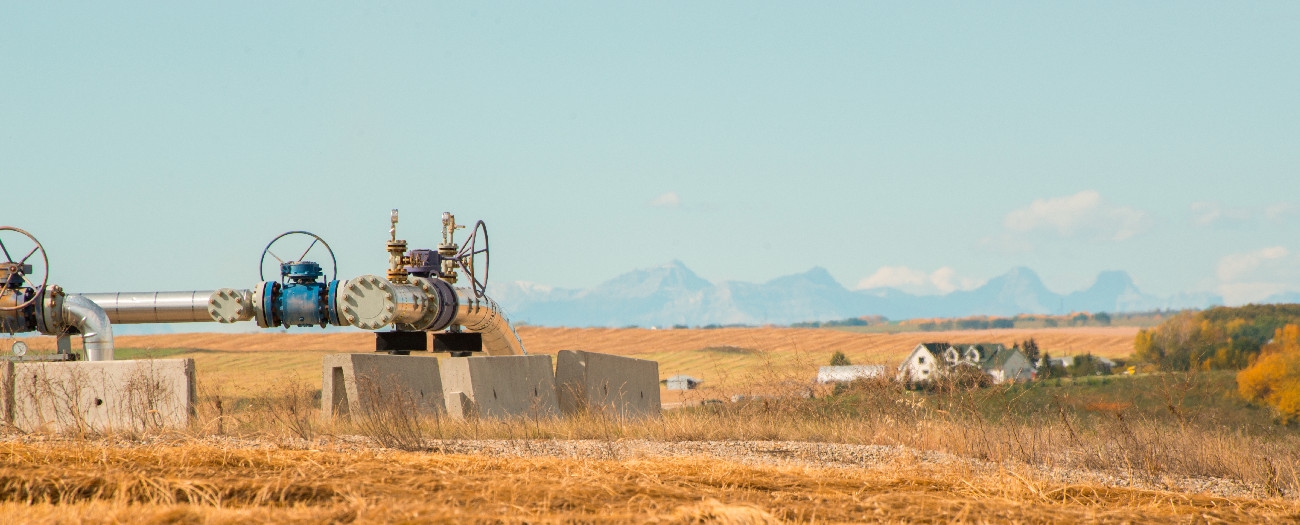Cleaning spills quicker benefits all concerned, including those responsible
Alberta - September 11, 2017It's rare that a change can benefit everyone, but when it happens, it leaves one wondering why the change took so long in the first place.
The creation of the Alberta Energy Regulator (AER) was one such change—it brought together all energy-related regulatory activities under one umbrella. Being responsible for all spill response and clean up has allowed us to be more effective in our approach to remediation, which benefits landowners, the energy industry, the regulator, and Albertans in general.
That’s because previously, different regulatory agencies had different pieces of the puzzle, used different computer systems and compliance structures, and worked under different legislation.
Historically, contamination was allowed to remain in place until the site was decommissioned. But the AER has taken a different approach, requiring more active clean up at the time of a spill instead of waiting for decommissioning, which reduces the likelihood of contamination migrating over years in underground plumes.
For industry to do nothing is the most expensive option.
Sasha Desjardins, manager of Remediation, Contamination Management, and Reclamation
While monitoring a spill and remediating it in the location instead of immediately removing contaminated soil works well for some spills, in most cases the longer it remains in soil, the greater risk it will contaminate groundwater.
This change also means the land is returned back to what it was before the spill—farmland, forest, or grassland—much quicker.
The benefits also apply to the ones responsible for the spill.
“Cleaning up spills immediately can mean a cost savings to industry,” said Sasha Desjardins, manager of Remediation, Contamination Management, and Reclamation. “For industry to do nothing is the most expensive option.”
Companies can remediate a spill before it spreads and forego the cost to continually monitor the spill.
Energy companies need to prove to the AER that they have the financial ability to return the land back to a comparable state to what it was before energy development. So for the AER, these changes allow us to better assess how much it may cost companies to clean up once their facility is no longer needed for energy development.
Better data on spill cleanup costs make our calculations much more accurate and can sometimes involve an energy company needing to pay financial security to the AER that can be used to clean up any spills if the company goes defunct. That means the company—not Albertans—is held responsible for cleaning up energy infrastructure and their associated sites. And that benefits everyone.
Ryan Bartlett, Writer



